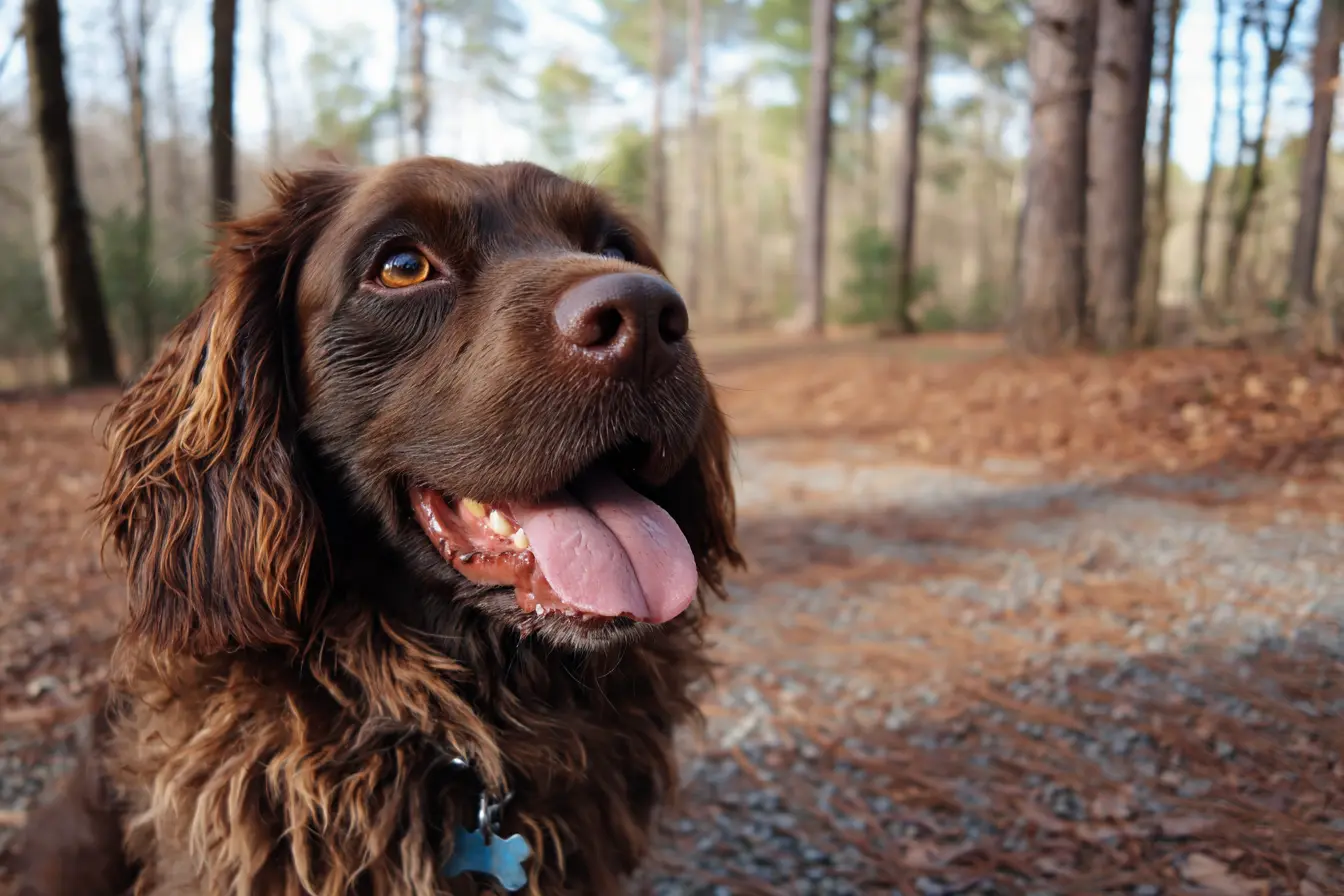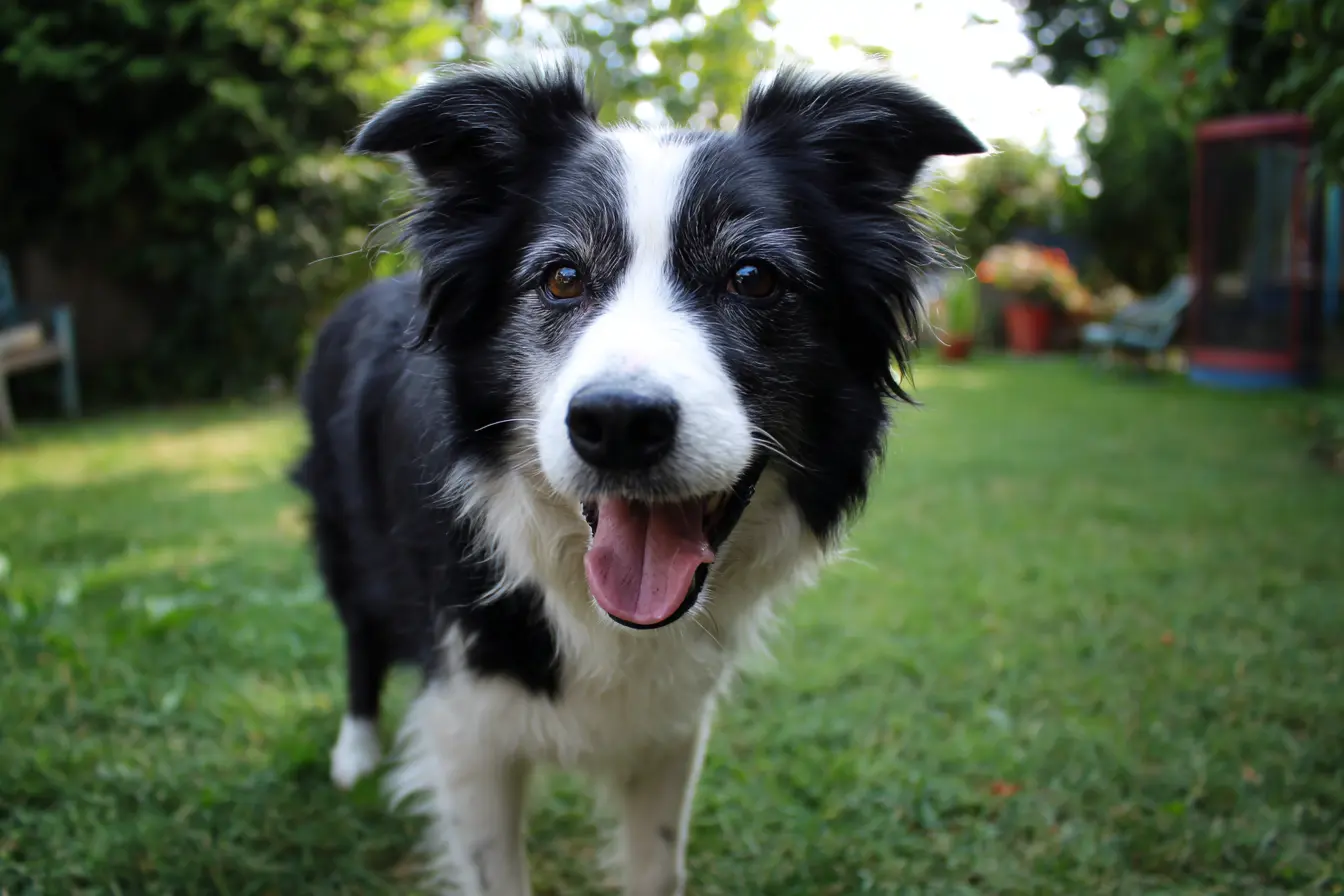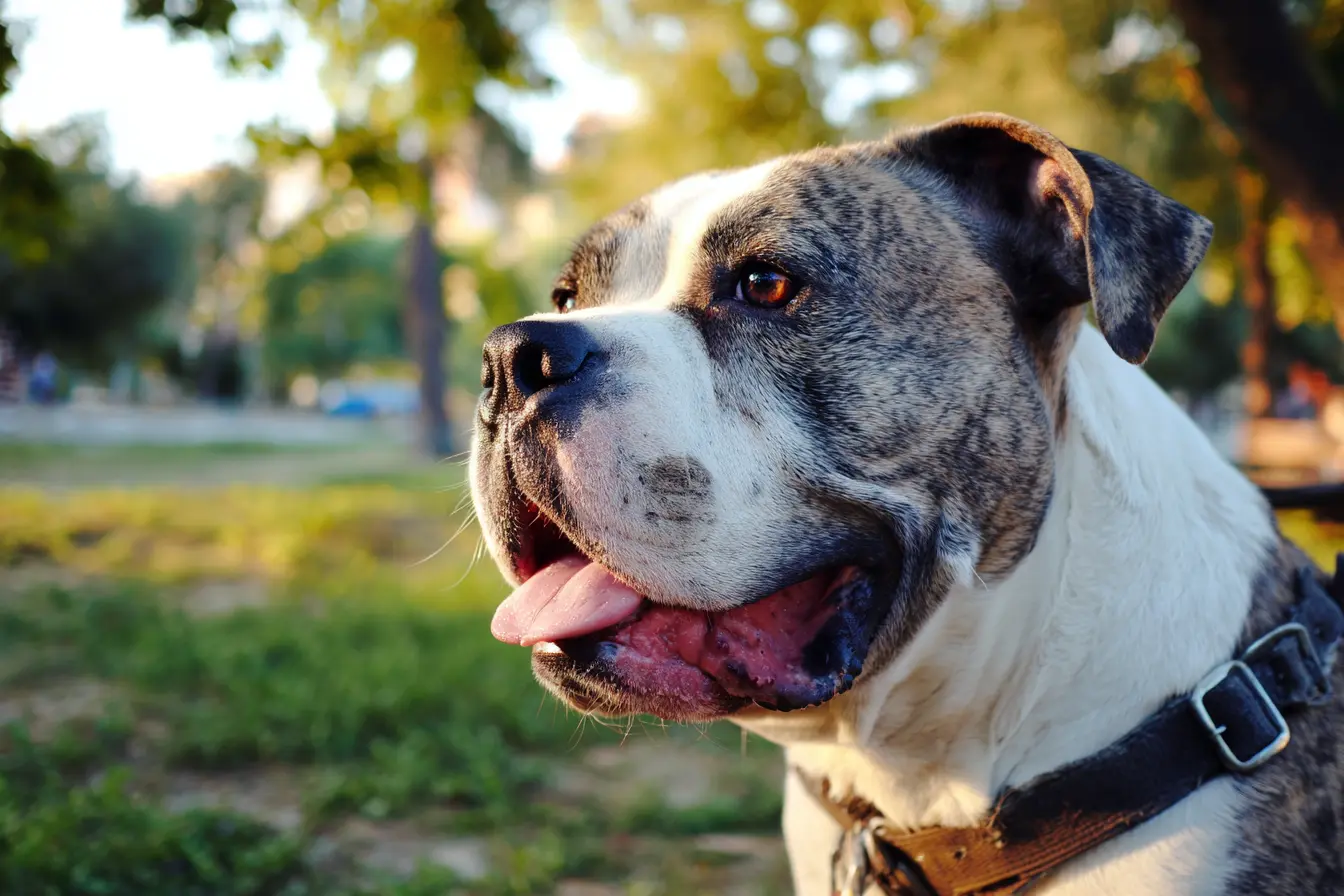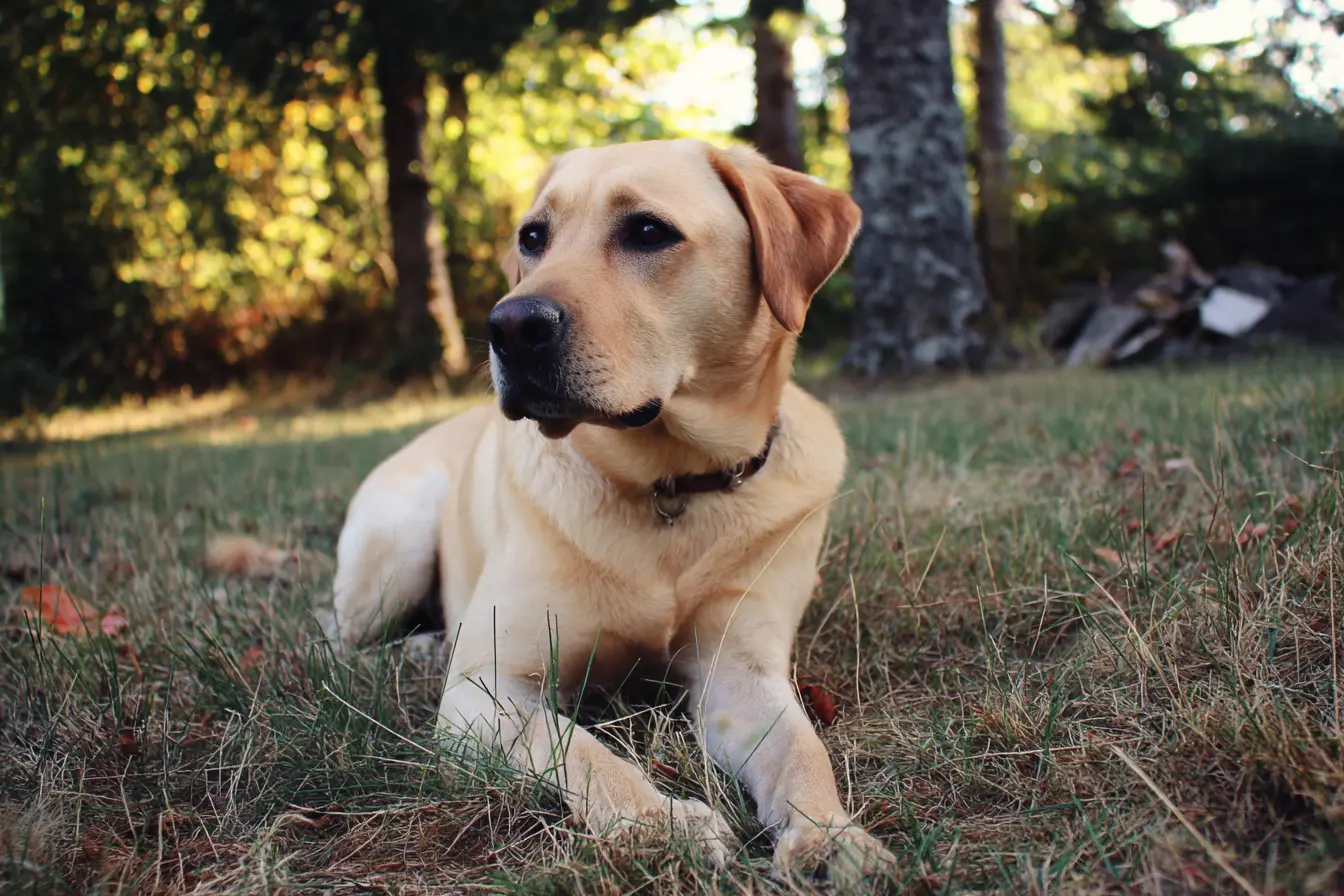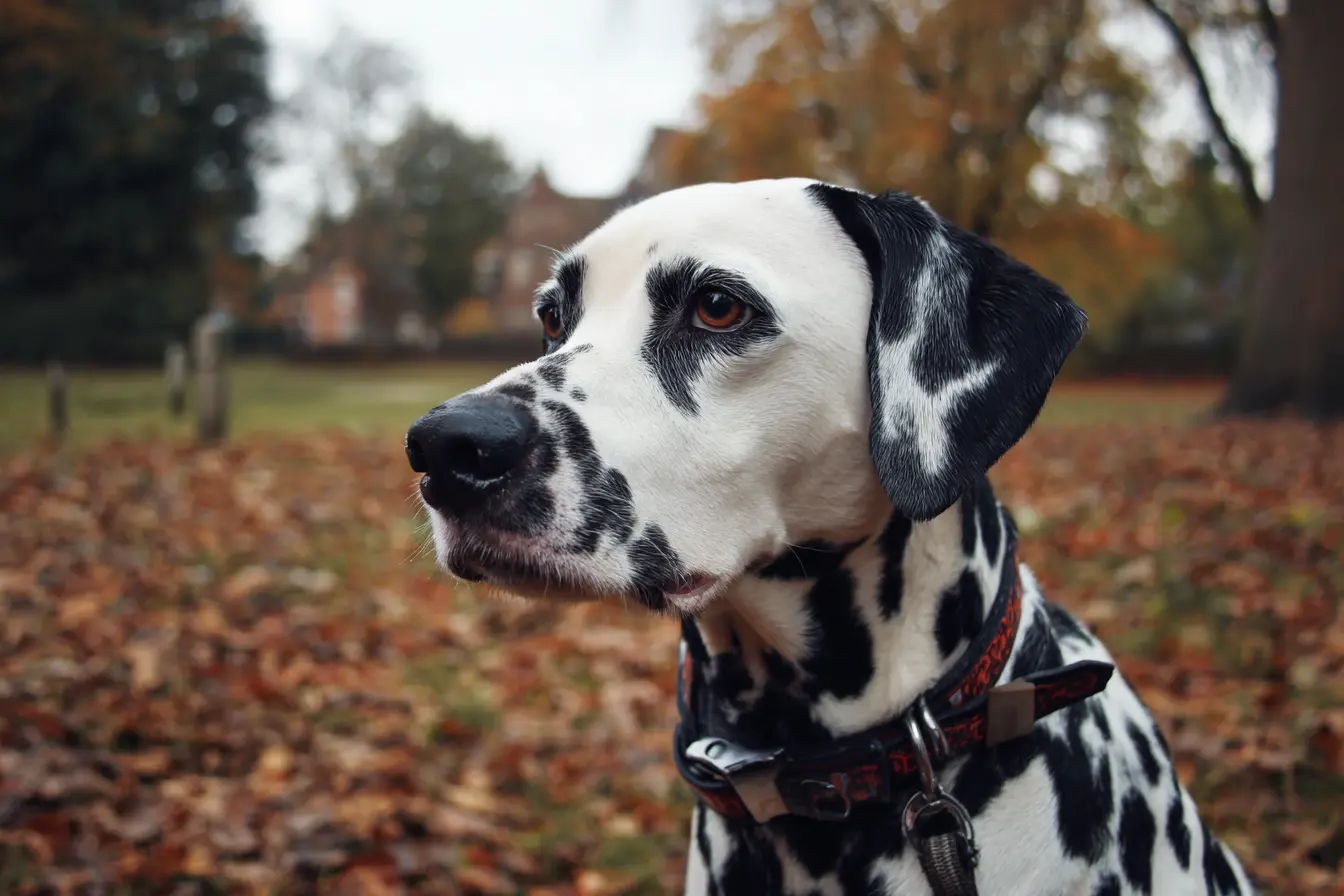
The Utility Group: Versatile, Distinctive, and Remarkably Diverse
The Utility Group is one of the most fascinating and varied groups in the dog world. Unlike other groups that are defined by a specific working purpose, the Utility Group includes breeds that were developed for a wide range of roles, including guarding, companionship, and specialised work. These breeds are united not by function, but by their unique histories and characteristics. If you are considering a breed from the Utility Group or simply want to learn more, this guide offers everything you need to know.
What is the Utility Group?
The Utility Group is a category recognised by The Kennel Club (UK) that encompasses breeds with diverse origins and purposes. “Utility” refers to the breeds' historical usefulness in various tasks — many are former working dogs that now serve primarily as companions, while others were developed for very specific functions such as coaching, guarding, or companionship.
The group is incredibly diverse in terms of appearance, temperament, and care requirements, making it essential to research individual breeds thoroughly.
Key Characteristics of Utility Breeds
- Diverse Origins: Ranging from ancient companions to working dogs.
- Temperaments: Varied; some are lively and playful, while others are calm and dignified.
- Intelligence: Most breeds are highly intelligent and trainable.
- Affection Levels: Generally affectionate and loyal, though some can be aloof with strangers.
- Exercise Needs: Varies greatly from breed to breed.
Utility dogs often make excellent family pets, but their unique histories can influence their behaviour and needs.
Popular Breeds Within the Utility Group
Here are some of the most recognised and cherished breeds from the Utility Group:
Dalmatian
- Originally used as: Coach dog, guarding carriages and horses.
- Personality: Energetic, intelligent, and outgoing.
- Exercise Needs: Very high; requires daily vigorous activity.
- Notable Traits: Famous for their distinctive spotted coat.
Bulldog
- Originally used as: Bull-baiting, later companion.
- Personality: Calm, affectionate, and courageous.
- Exercise Needs: Moderate; prone to overheating.
- Notable Traits: Iconic wrinkled face and gentle nature.
Poodle (Standard, Miniature, Toy)
- Originally used as: Water retriever.
- Personality: Highly intelligent, alert, and trainable.
- Exercise Needs: High for Standard, moderate for Miniature and Toy.
- Notable Traits: Hypoallergenic coat, excels in obedience and agility.
Akita
- Originally used as: Guarding nobility in Japan and hunting large game.
- Personality: Loyal, reserved, and dignified.
- Exercise Needs: Moderate to high.
- Notable Traits: Strong protective instincts, requires early socialisation.
Shih Tzu
- Originally used as: Companion to Chinese royalty.
- Personality: Affectionate, lively, and outgoing.
- Exercise Needs: Moderate; enjoys short daily walks and play.
- Notable Traits: Luxurious flowing coat.
Lhasa Apso
- Originally used as: Sentinel dog in Tibetan monasteries.
- Personality: Independent, loyal, and intelligent.
- Exercise Needs: Moderate.
- Notable Traits: Long, flowing coat and a watchful nature.
Japanese Spitz
- Originally used as: Companion dog.
- Personality: Cheerful, friendly, and intelligent.
- Exercise Needs: Moderate.
- Notable Traits: White fluffy coat, excellent family companion.
Boston Terrier
- Originally used as: Companion and rat hunter.
- Personality: Friendly, lively, and intelligent.
- Exercise Needs: Moderate.
- Notable Traits: Distinctive "tuxedo" coat and expressive face.
Tibetan Terrier
- Originally used as: Good luck charm, companion, and herder.
- Personality: Loyal, sensitive, and affectionate.
- Exercise Needs: Moderate to high.
- Notable Traits: Dense coat adapted for harsh climates.
Training and Exercise Needs
Due to the wide variety within the Utility Group, exercise and training requirements vary greatly:
- High-energy breeds (like Dalmatians and Standard Poodles) need extensive daily exercise and mental stimulation.
- Moderate-energy breeds (like Shih Tzus and Boston Terriers) are satisfied with shorter walks and play sessions.
Training Tips:
- Positive Reinforcement: Works well across the group, especially for intelligent and sensitive breeds.
- Early Socialisation: Essential to ensure confidence and good manners, particularly in breeds that may be reserved.
- Mental Stimulation: Puzzle toys, obedience training, and games help prevent boredom, especially in smart breeds like the Poodle or Akita.
Utility breeds often excel in canine sports like obedience, agility, and rally due to their intelligence and versatility.
Grooming and Care
Grooming needs vary dramatically:
- Low Maintenance Coats: Breeds like the Boston Terrier require minimal grooming.
- High Maintenance Coats: Breeds like the Lhasa Apso, Shih Tzu, and Poodle require regular grooming, including brushing several times a week and professional grooming every few weeks.
Regular ear cleaning, dental care, and nail trimming are necessary for all Utility breeds.
Owners of brachycephalic (short-nosed) breeds like the Bulldog must also monitor breathing and temperature, especially in hot weather.
Health Considerations
Health issues in the Utility Group can vary based on breed:
- Bulldogs may suffer from breathing difficulties (BOAS), hip dysplasia, and skin fold infections.
- Dalmatians can be prone to deafness and urinary stones.
- Poodles may face joint and eye issues but are generally long-lived.
- Akitas are prone to autoimmune disorders.
- Shih Tzus and Lhasa Apsos may experience eye issues and hip dysplasia.
Choosing a reputable breeder who screens for genetic conditions is crucial, alongside regular veterinary check-ups and preventative care.
Living with a Utility Breed
Utility breeds are adaptable and can thrive in a variety of living environments:
- City life: Many smaller Utility breeds like the Boston Terrier and Shih Tzu adapt very well to flat living.
- Country homes: Higher-energy breeds like the Dalmatian or Standard Poodle will thrive with space to run.
Regardless of location, they need to be integrated into family life — Utility breeds tend to be social and happiest when involved in everyday activities.
They do not cope well with isolation and can develop behavioural problems if left alone for long periods.
Is a Utility Dog Right for You?
If you are looking for a dog with charm, intelligence, and varied abilities, a breed from the Utility Group could be perfect. They are ideal for owners who appreciate individuality and are willing to meet the specific needs of their chosen breed.
However, careful research is necessary to match the right breed to your lifestyle, particularly regarding grooming, exercise, and health needs.
Conclusion
The Utility Group is a celebration of diversity, versatility, and companionship. Whether you are drawn to the dignified Akita, the energetic Dalmatian, or the affectionate Shih Tzu, there is a Utility breed suited to a wide range of lifestyles and preferences. With proper care, training, and love, a Utility dog will become a loyal, delightful, and irreplaceable member of your family.
Vets near you
Speciality vets
- Aquatics vet specialists
- Birds vet specialists
- Camelids vet specialists
- Cats vet specialists
- Cattle vet specialists
- Deer vet specialists
- Dogs vet specialists
- Equines vet specialists
- Exotic vet specialists
- Goats vet specialists
- Pigs vet specialists
- Poultry vet specialists
- Sheep vet specialists
- Small Mammals vet specialists
- Wild vet specialists
